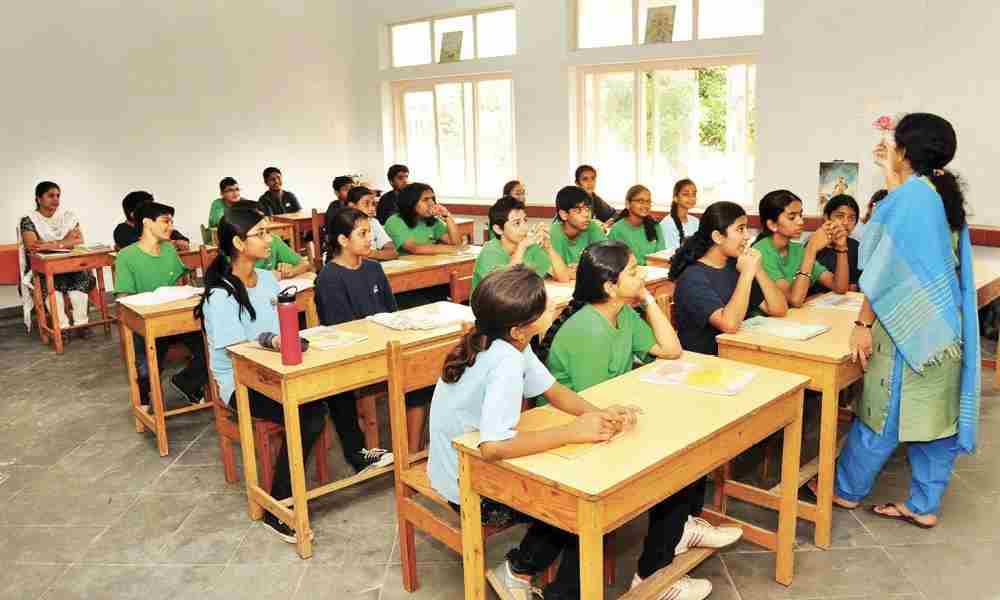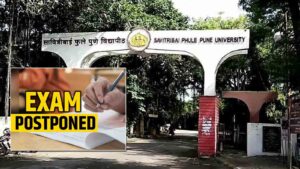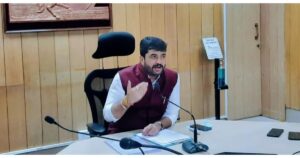Maharashtra Govt Approves Upgradation of 60,000 Schools to Align with National Education Policy

Maharashtra Govt Approves Upgradation of 60,000 Schools to Align with National Education Policy ( Representational Image )
The Maharashtra government has taken a significant step towards aligning the state’s education system with the National Education Policy (NEP) 2020. They have approved the conversion of 60,000 elementary schools into secondary schools as a means to prevent students from dropping out after completing primary education. This decision is outlined in a recently issued government resolution (GR) and marks a crucial move in the direction of promoting education continuity.
The GR paves the way for upgrading 41,966 government schools, which presently offer education up to lower primary levels (classes 1-4/5), to include upper-primary (classes 6-8) and secondary (classes 9-10) sections. Additionally, 17,788 schools currently providing education up to seventh or eighth grade will also extend their curriculum to the tenth grade.
Local self-governing bodies, including district administrations and municipal corporations overseeing these schools, have been entrusted with executing this expansion based on local requirements. The directive emphasizes prioritizing schools with a minimum enrollment of 30 students in lower primary and 35 students in upper primary classes. Moreover, the incorporation of pre-primary sections (nurseries and kindergartens) is mandated across all schools.
The main objective of this initiative is to bring uniformity to Maharashtra’s extensive educational system, which currently presents a wide range of class combinations. Currently, most state-run schools only offer education up to the eighth grade. This move is in line with the National Education Policy’s vision of a unified education structure that includes all grades from pre-primary to class 12.
However, transitioning from the existing 5+3+2 model to the NEP’s 5+3+3+4 structure presents a considerable challenge. Integrating secondary sections into government schools also seeks to tackle the issue of dropout rates post-elementary education. Financial constraints have led the state to refrain from creating additional teaching positions, urging local governing bodies to optimize existing resources.
This reform aims to ensure a seamless educational journey for students while addressing systemic challenges in the state’s schooling framework.










